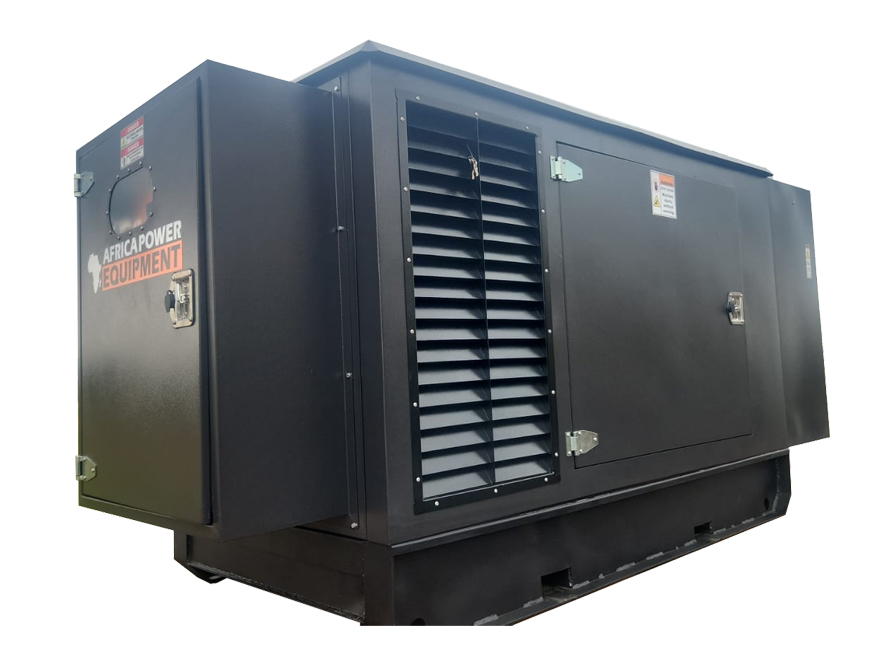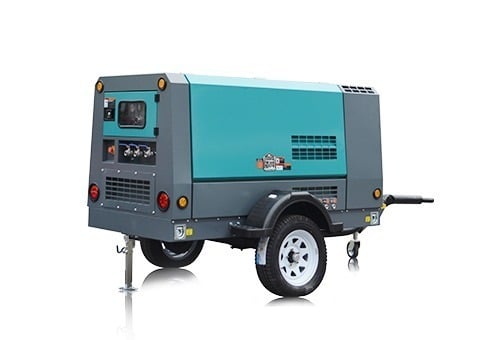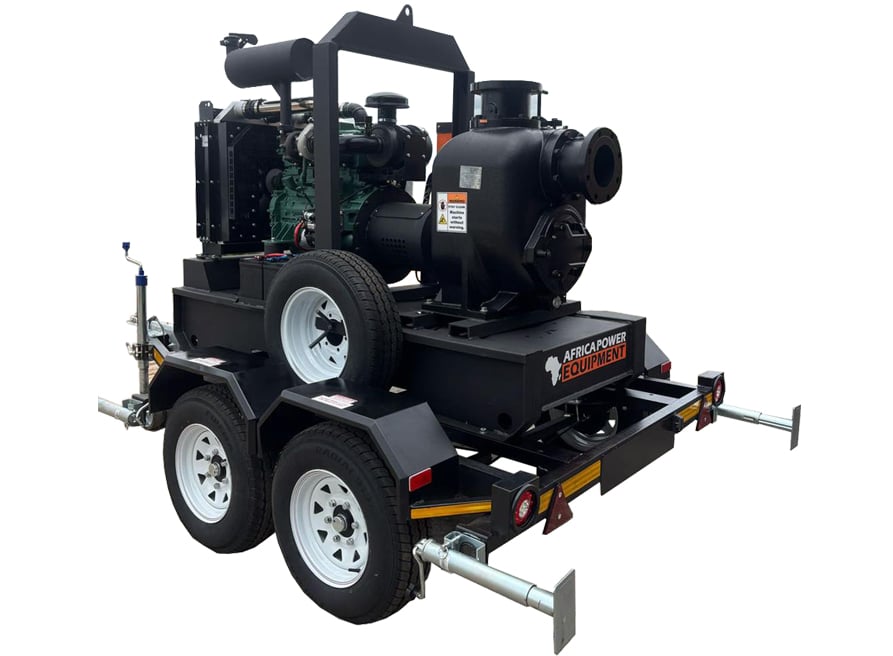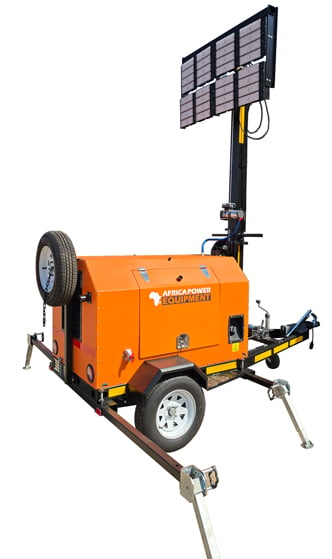Essential Safety Tips for Operating Water Pumps
Water pumps are vital tools in agriculture, construction, household water systems, and flood management. While they’re relatively straightforward to use, improper operation can lead to injuries, equipment damage, or water contamination.
This article offers a complete checklist of safety tips for operating water pumps, whether you’re using submersible, centrifugal, or high-pressure pumps.
✅ Quick Answer
To operate a water pump safely, always read the manufacturer’s manual, wear protective gear, ground electrical equipment properly, and ensure correct priming and pressure handling. Avoid dry running, inspect hoses and fittings regularly, and never operate in enclosed spaces with fuel-powered pumps due to carbon monoxide risk.
🦺 General Water Pump Safety Guidelines
Whether you’re working on a farm, in construction, or at home, follow these foundational tips:
-
Read the User Manual First
Every pump has specific operational and safety instructions—don’t skip them. -
Use the Right Pump for the Job
Don’t use a clean water pump for muddy or slurry water—it could clog or overheat. -
Wear PPE (Personal Protective Equipment)
-
Safety goggles
-
Gloves (especially chemical-resistant)
-
Waterproof boots
-
Hearing protection (for engine-driven pumps)
-
-
Secure and Level the Pump Base
Place the pump on a stable, level surface to avoid tipping or vibration damage. -
Ensure Proper Ventilation
Never run petrol or diesel pumps indoors—carbon monoxide buildup can be fatal.
⚡ Electrical Safety for Water Pumps
-
Always Ground the Pump
Especially for submersible and booster pumps—use an earth leakage protection device. -
Use Weatherproof Electrical Boxes
Rain or moisture exposure can cause short circuits or shock. -
Inspect Cables and Plugs Regularly
Look for fraying, cracking, or exposed wires—replace damaged cords immediately. -
Switch Off Power Before Maintenance
Always isolate the pump from the power source before cleaning or repairing.
💧 Operation and Setup Safety
-
Prime the Pump Properly
Centrifugal pumps must be primed with water to avoid dry running. -
Check Suction and Discharge Hoses
Ensure tight, leak-free connections with the correct fittings. -
Avoid Kinks and Bends in Hoses
This can restrict flow and strain the pump motor. -
Secure Hose Ends During Start-Up
Pressurised discharge lines can whip violently if unsecured.
🔥 Safety for Fuel-Powered Water Pumps
-
Refuel Only When Engine is Cool
Never add petrol or diesel to a hot engine—fire risk is high. -
Store Fuel Safely
Use approved containers and keep fuel away from heat or sparks. -
Clean Up Spills Immediately
Even small leaks around the pump or generator area are dangerous. -
Use Spark Arrestors if Required
In dry outdoor areas, this prevents fire from exhaust sparks.
⚙️ Maintenance and Inspection Tips
-
Check Oil Levels Before Each Use (for petrol/diesel engines)
-
Flush and Clean the Pump After Use—especially if handling dirty or chemical-laden water
-
Replace Seals and Filters Periodically
-
Listen for Unusual Sounds or Vibrations—early warning signs of mechanical issues
🚫 What to Avoid When Operating Water Pumps
| Unsafe Practice | Why It’s Dangerous |
|---|---|
| Running pump dry | Damages impeller and seals |
| Using pump with wrong voltage | Can burn out motor |
| Over-pressurising hoses | May cause ruptures or injury |
| Blocking the discharge line | Creates backpressure and pump overheating |
| Leaving fuel pump unattended | Fire and operational hazard |
🔗 Internal Linking Opportunities
📌 Conclusion
Following water pump safety protocols helps prevent injuries, breakdowns, and costly repairs. Whether you’re working on a small residential booster pump or an industrial-grade drainage system, proactive safety measures go a long way in ensuring smooth and hazard-free operations.
Looking for safe, reliable water pump systems or accessories?





